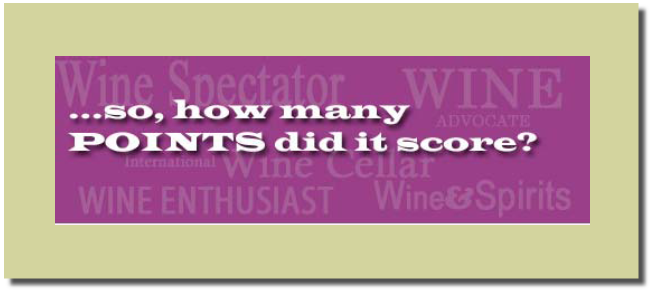Splitting Hairs
When I launched the Pinotfile over ten years ago, I did not include a quality designation or score for the wines I
reviewed. Rather, I tried to describe my drinking experience and let the reader take it from there. I soon
received considerable backlash from readers who wanted to know specifically which Pinot Noir wines I didn’t
like, those I liked, and those I really liked. I then grudgingly developed the quality scale that I use today. It was
much easier then to evaluate wines within that scale.
It is a lot harder to judge the quality of American Pinot Noir these days. This vixen of a grape has let success go
to her head, and she is so taken by herself, she now struts out impeccably made up, correctly groomed, and
tastefully clothed for practically every bottle opening.
Pinot Noir is now produced by more American wineries than any other red varietal. It is the wine that
winemakers want to make and the wine that consumers want to drink. It was not that long ago, say 25 years,
that consistency was the Achilles heal of American Pinot Noir. I personally spent a small fortune on
disappointing Pinot Noir throughout those formative years. Today, practically every winery I know has a Pinot
Noir that has scored 90 or above by some blog, magazine, retailer, website or competition.
There are very few bad Pinot Noirs from reputable sources on the market today. The leap in quality of American
Pinot Noir has challenged the wine critic to be more vigilant, circumspect and deprecating, more fine tuned to
small differences in quality. It has become a game of splitting hairs. Despite this, the increasing level of quality
has caused ratings to gradually rise, with more Pinot Noirs than ever receiving higher scores and accolades.
Years ago we couldn’t have imagined American Pinot Noir receiving scores of 99 (the 2007 Marcassin
Marcassin Vineyard Sonoma Coast Pinot Noir) or 100 (the 2007 Williams Selyem Estate Vineyard Russian
River Valley Pinot Noir).
For consumers, this situation is heavenly. No wringing hands over what to buy. For wine critics, the perspective
is daunting, but not insurmountable. The solution is simple. We should concern ourselves more with
differences among Pinot Noir wines than what is good, better or best. Wine writers need to praise diversity
rather than split hairs about small differences in quality that are neither important or noticeable to most people.
Two notable wine critics support my position. Jasper Morris, MW, has eloquently stated, “I remain unconvinced
that there is a single definition of ‘Pinosity’ - the charm is that the grape can wear so many different clothes, and
sometimes none at all.” Respected English wine writer and critic, Hugh Johnson, has also chimed in about the
task of reviewing wines. He professes that, “His own life’s work is chiefly concerned with the word ‘different,’
and not predicated on the fact that there is ‘better’ or ‘worse.’”



